THE IUS – AKA THE
HORMONAL COIL
FITTED IN MINUTES, WORKS FOR YEARS
The intrauterine system (IUS) is a small, soft and flexible T-shaped device with a reservoir containing a hormone called progestin. It is placed in your womb by your doctor or nurse and slowly releases the hormone; this thins the lining of your womb and thickens cervical mucus, making it harder for sperm to get through. It's 99.8% effective, so you're as protected against pregnancy as you can be.1
A couple of consultations with your doctor or nurse are about all that's needed. Once you've discussed it, and decided it's the right method for you, the IUS can be fitted. It works continuously for up to three to eight [to be localised per market] years with no daily or weekly routine to remember, so it's a great option for someone looking for long-acting birth control. If and when you decide to stop using it, you should have it removed by a doctor or nurse. The birth control effect of IUS wears off quickly after removal and you will return to your normal level of fertility.

HOW IT MEASURES UP




HORMONES
Yes. No estrogen, but a low dose of a progestin hormone that acts mainly locally in the womb.
EASE OF USE
The IUS must be placed and removed by a doctor or nurse. But once correctly placed, it can be continuously used for up to three to eight years. If you want to stop using the IUS, a doctor or nurse can remove it in minutes.1
YOUR PERIOD
Periods may generally become less frequent, lighter and less painful – or stop altogether.2 Some may experience cramps, irregular bleeding and spotting in the first three to six months.

HAVE MORE QUESTIONS?
Start preparing for the next appointment with your doctor or nurse today!
WHAT YOU NEED TO KNOW
3-8 years
Works continuously once placed.
<1 year
The time it takes for the majority to become pregnant after removal.
WITHIN 48 HOURS AFTER BIRTH OR AGAIN AFTER 4 WEEKS
The time after giving birth when an IUS can be placed.
PROS
- Highly effective and can be used for several years after a one-time placement experience.1,2
- No need to remember using it once placed.3
- Allows spontaneous sex and does not interrupt it.
CONS
- No protection against HIV and other sexually transmitted infections (STIs).
- You have to see a doctor or nurse to place and remove it.
- Placement can feel uncomfortable – if this worries you, talk to your doctor or nurse about ways you can relieve the pain.3














